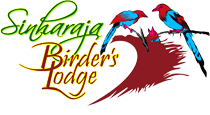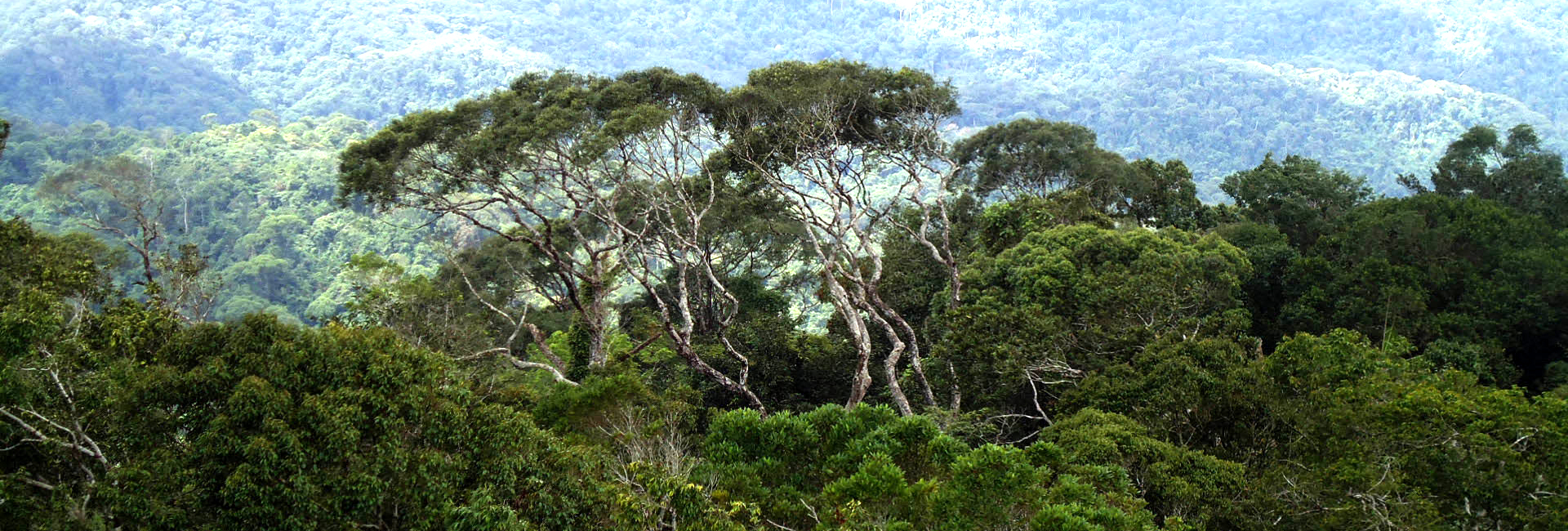Sinharaja Forest Located in the southwest corner of Sri Lanka, 40km inland from the historic city of Galle, the Sinharaja rain forest straddles a series of mountains and ridges in the country’s wet zone, containing a number of streams, waterfalls and fresh-water springs which flow into the Gin Ganga (‘Ganga’ means ‘River’) on the southern boundary and Kalu Ganga to the north. The Sinharaja region has long played an important role in the cultural heritage of Sri Lanka.
Birds in Sinharaja
Sinharaja is the best location to see mixed species bird flocks. According to a study carried out on the mixed species bird flocks, 42 individual birds occur in the flocks on average, which makes this the world's largest mixed species bird flock. The mixed species Bird flock study of Sinharaja forest has been continuing since 1981 and is considered as the World's longest studied bird flock study. On a birding trip to Sinharaja a birdwatcher can see close to 18 of the 27 endemic bird species although the actual number of endemic birds recorded at Sinharaja is more.
The former logging roads provide the best access for prime birding in Sinharaja where a mixed species bird flock and give you with a mouthwatering selection which include Orange- billed Babbler, Crested Drongo, Red–faced Malkoha, Ashy–headed Laughing Thrush, Green-billed Coucal, Lesser Yellownape, OrangeMinivet, Indian Scimitar Babbler, Black- nappedMonarch, Yellow fronted Barbet, White–faced Starling, Sri Lanka Spurfowl, Yellow-browed Bulbul, Bronze- winged Pigeon, Spot- winged Thrush, Sri Lanka Myna, Legge's Flowerpecker, Brown–backed Needletail, Green Imperial Pigeon, Sri Lanka Blue Magpie, Chestnut- backed Owlet, Sri Lanka Frogmouth, Sealy Thrush, Sri Lanka Hanging Parrot, Black- throated Munia, Layard's Parakeet, Black Eagle, Crested Goshawk, Dark- fronted Babbler and Velvut- fronted Nuthatch, As the dusk falls you could look for the sub-continental endemic Sri Lanka Frogmouth.













